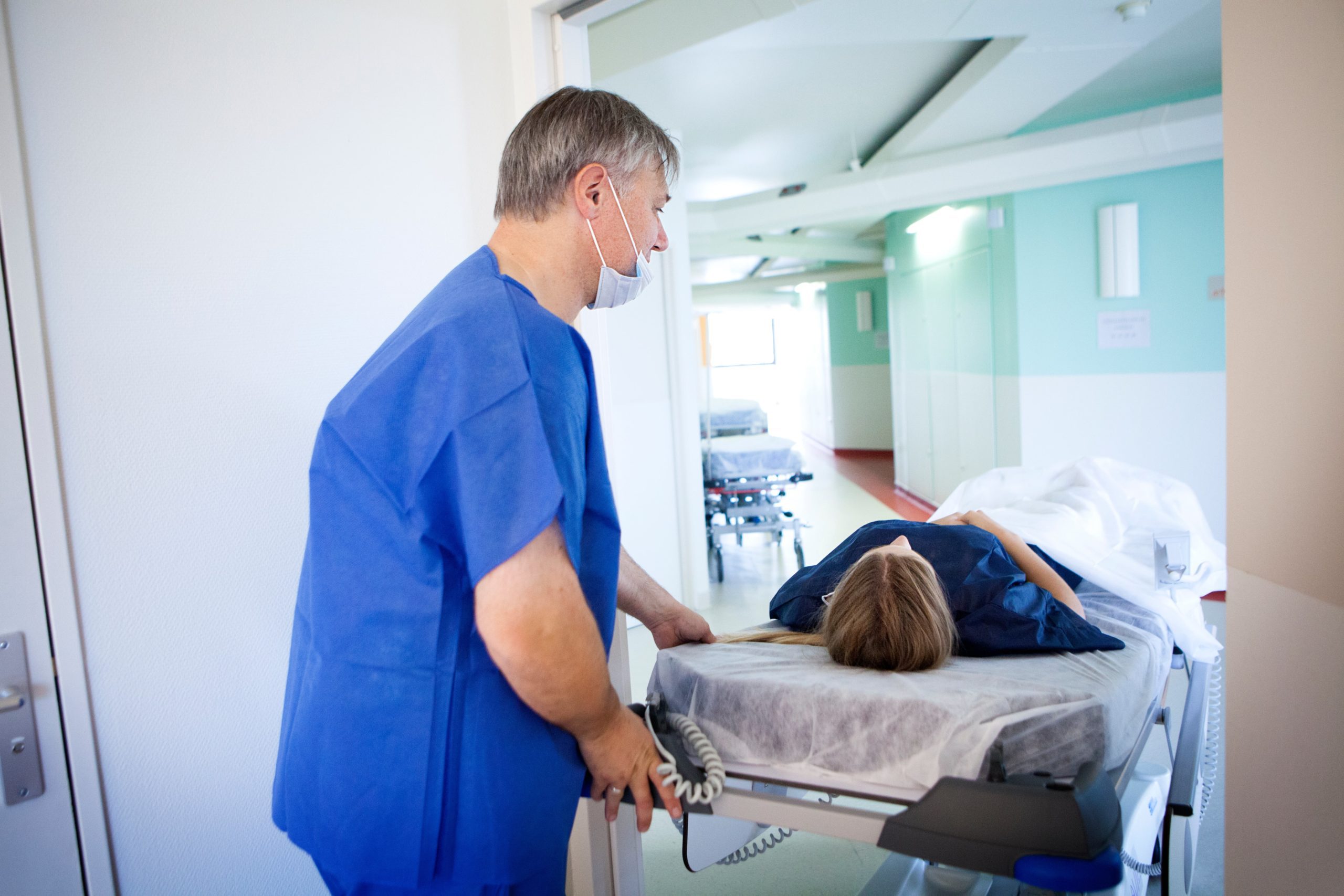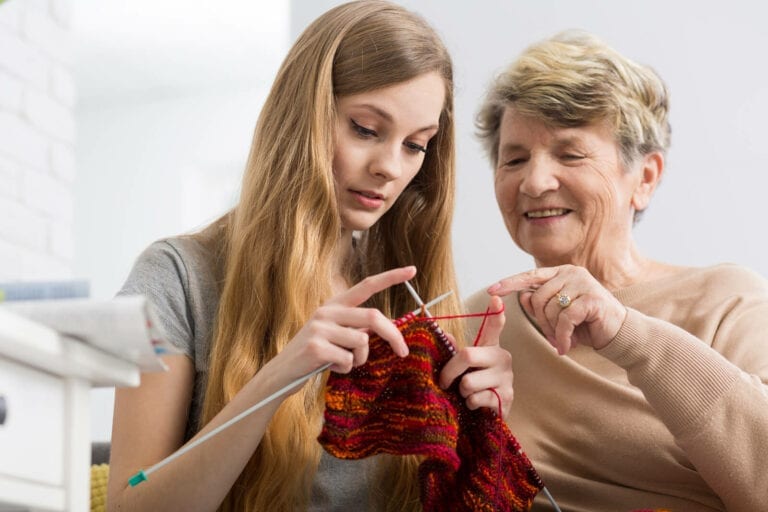When a person’s mobility problems make it hard or even unsafe for them to move between a chair, bed, wheelchair, or toilet on their own, a transfer aid makes moving from one place to another safer and more comfortable for both the person and their caregiver. Patient Transfer is most difficult when he is not able to move slightly.
Caregivers often have to move a patient, which is one of the most physically demanding tasks. Musculoskeletal injuries cause nursing assistants to miss five times as many days of work as people in other jobs. Assistive patient transfer devices keep the patient and the caregiver safe during the transfer. They protect the caregiver from injuries caused by overexertion, which can happen when heavy lifting is done wrong or too much.
There are many options to meet the different needs of patients, and the best one depends on how mobile they are, how well they can bear their weight, and how strong their upper bodies are. Our list shows the best patient transfer devices that are out there. No matter what kind of help is best, patients and caregivers can count on these products to move patients from one place to another safely and comfortably.
Types of Patient Transfer Devices
Stand-up lift is made for people who can move around but need help getting up from one seat and moving to another. For a stand-up lift to be used safely, the person being lifted must be able to participate in the transfer. 1st, the patient can sit in a chair or on a bed without support while a caregiver puts the sling in place. For the patient, transfer needs to have the strength in the upper part of the body to hold the handles of the grip and withstand the weight while keeping both feet flat on the footplate. Sling lifts are used for people who can’t walk or are weak because of an illness or injury. They are especially useful in raising heavy patients without putting physical pressure on the caregiver. Also, these portable patient lifts are easy for one person to use, so you don’t need two care team members to help with transfers. This makes in-home care easier and cheaper.
some general safety rules I should follow to patient transfer
- Use Correct Form. When you move someone, it’s important to protect your lower back. Don’t arch your back or turn at the waist when moving from one place to another. Keep your body straight, with your back straight and your knees bent. You should stand with your head and chest up and straight. Keep your feet about the same distance apart as your shoulders. During the transfer, keep the person’s head, torso, and legs in line. Before you move the person, get close to him or her.
- Safely move them. Don’t lift with your back. Instead, use your legs. Before a move, the person should cross his or her arms over his or her chest. This will help keep you safe and the person’s arm from getting stuck under them. Don’t let the person put their arms around your neck or back. The other person will depend too much on you. Your back or neck could get hurt. Don’t grab the person’s arms and pull them.
- Ask for help if needed. Ask the person to do all they can to help. So, you won’t have to carry too much of the person’s weight. Suppose the person can tell him or her to move to the edge of the bed. If you need to move the person, ask someone for help. You and your helpers can work together to help the person stand up or move by counting out loud to 3.
Don’t give a jerk to the patient.
- Don’t move the person quickly or in jerky ways. You can fall, get hurt, or feel pain when you move around quickly. If you move too quickly or hard, you can also tear the person’s skin.
- Use the right tool to help you safely move the person. Equipment includes slide boards, slide sheets, hoists, and transfer belts. Wall-mounted grab bars can help make walkways safer. People can hold on to these metal bars to keep from falling. The bars can also make it easier for the person to stand and sit down. The person’s doctor or nurse can recommend devices or equipment to help the person.
What must I do before I move the person?
- Check to see if the person is in pain or has other issues. Pain can be caused by or made worse by a transfer. Before the transfer, the person may need to take pain medicine. Look for sores, redness, or other problems on the person’s skin. During a transfer, the skin can tear. You might need to put a bandage on the skin to protect it.
- Get a few more pillows. For comfort and support, pillows can be put behind the person and between his or her knees.
- Take a look around. Take away anything that could cause you to trip. Wear shoes with soles that won’t slip. The person should also wear non-slip shoes or socks. This will help you or the other person not fall.
- Check to ensure that equipment won’t move when it’s being moved. Before you move a person in a wheelchair or walker, make sure the wheels are locked. Ensure that the chair or other object won’t move when the person is put on it.
- Make sure all of the medical tools are on or near the person. You may need to move tubes, medicine pumps, or monitors or ensure they are secure. Make sure that nothing will fall off or break when you move the person. Do not take any of the person’s equipment off unless their doctor or nurse tells you to.
What do I need to do with the person after I’ve moved them?
- Make sure the person feels good. The person shouldn’t be in a position that makes them uncomfortable or cuts off their blood flow. After you put the person on a bed or chair, you can make changes. You might need more or different pillows. If you put a slide sheet under the person in bed, you could use it to move them. Someone should stand on the other side of the bed to help you. Each of you will hold the slide sheet so that it is between the person’s shoulder and knee. Make the person comfortable by moving the sheet up, down, or to the side as needed.
- Help the person sit so that his or her back is against the chair’s back. Place the person’s feet and arms on the chair rest if he or she is in a wheelchair.
- Make sure that all of the medical equipment is working properly. Make sure that all alarms are on. Check to see if any tubes or other things need to be moved after the move.
Home Care Near Me. Let’s Get Started!
Get Immediate Help with Information, Costs & Payment Options.







